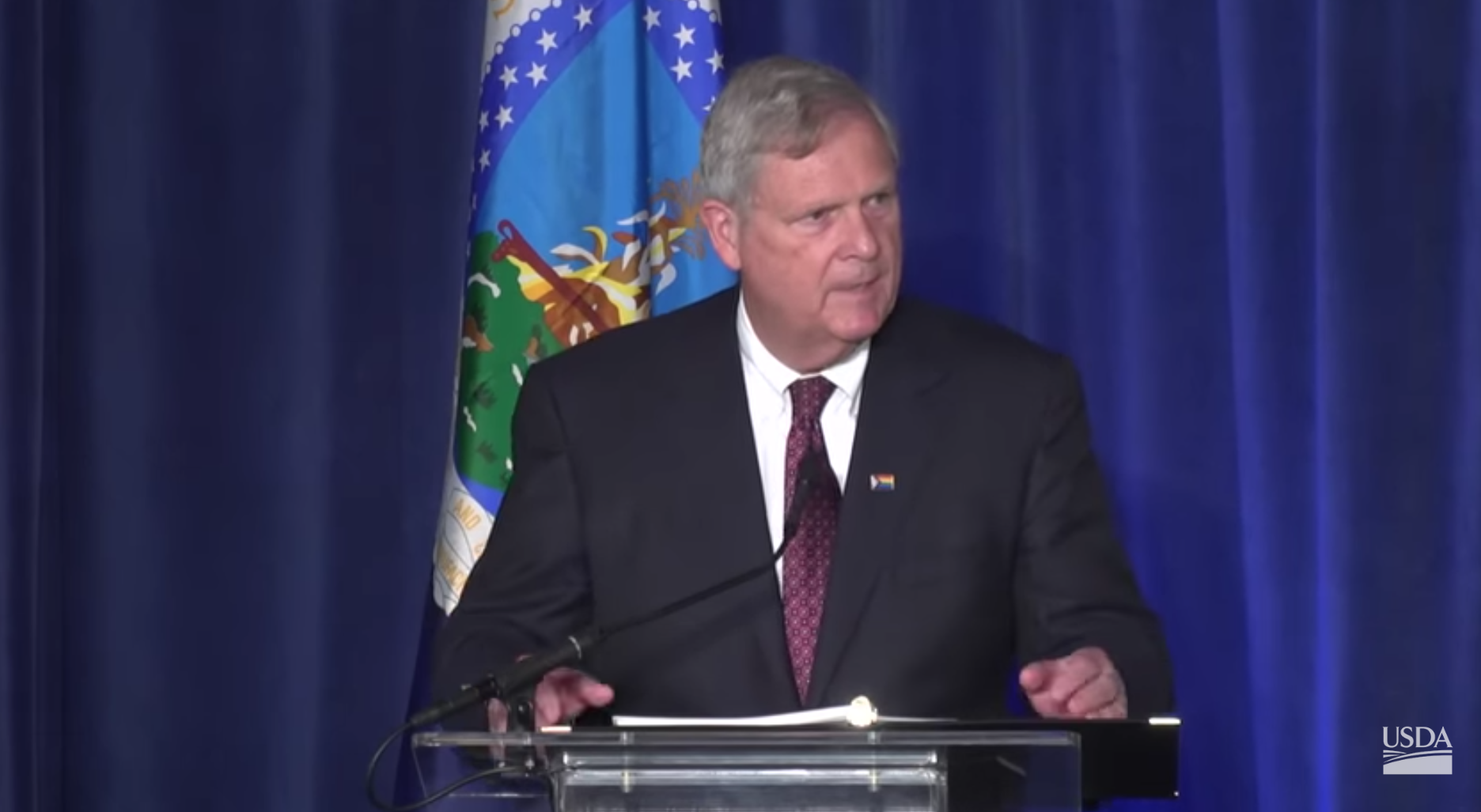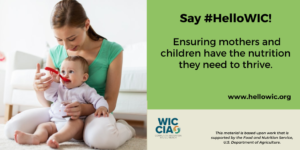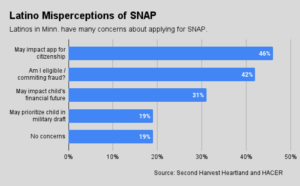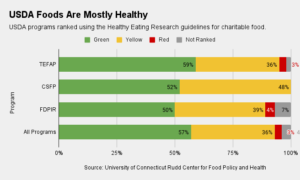Food banks and pantries can look forward to increased opportunities to create more resilient, food-secure communities, thanks to comprehensive funding recently announced by the USDA that promises to overhaul the framework of the American food system.
Announced June 1, USDA’s Food System Transformation framework fills in the details of a high-level, June 2021 announcement, in which the USDA promised to invest more than $4 billion to strengthen the food system. The parts of the updated plan most relevant to charitable food have to do with making nutritious food more accessible and affordable for consumers, while creating new opportunities for growers.
Specifically, the USDA is providing increased funding for the Healthy Food Financing Initiative ($155 million), the Senior Farmers’ Market Nutrition Program ($50 million) and the GusNIP Produce Prescriptions Program ($40 million). In addition, it will invest up to $25 million in SNAP technology improvements, such as providing healthy-food incentive benefits directly onto a user’s SNAP card, and $100 million to create a new Healthy Food Incentive Fund to help school authorities improve the nutritional quality of school meals.
According to Carmen Byker Shanks, Ph.D., RDN, Principal Research Scientist with the Gretchen Swanson Center for Nutrition, the framework’s market and consumer investments “are targeted specifically toward communities that historically have had difficulty because of a lack of food options, affordable food choices, and nutritious food choices.” As a result, “food banks can expect to see transformations in the local food supply and the types of foods that their participants have access to.”
Shanks believes the initiatives will create opportunities for food banks to further impact the communities in which they operate. At a minimum, she sees opportunities for food banks to inform people about new food security resources in their communities.
Food banks with greater capacity might also seek to partner directly with grantees to implement programs funded through the initiatives — for example, working with health care organizations to create incentive programs to fund produce purchases tied to produce prescriptions, or partnering with farmers’ markets to support Senior Farmers’ Market Nutrition Program distribution.
To Shanks, the investments signal a shift in how USDA thinks about solving longstanding public health and nutrition issues in terms of both food security and nutrition-related health outcomes. The resulting opportunities, she said, “are very specific in building back our food system and making it even stronger than before the pandemic.”
Other elements of the overall framework include funding proposals intended to build a more resilient, climate-friendly food supply chain, create a more equitable food system for producers and consumers, and create greater economic opportunity for rural and underserved communities.
Shanks anticipates that the range of options afforded by the framework will encourage communities to assess their food security needs and apply for grants in those areas. “There’s lots of funding available,” she said, “so it’s exciting to see what’s going to happen in the next couple of years with this infusion.” – Amanda Jaffe
Amanda Jaffe is a writer and former attorney with a deep interest in the organizations and mechanisms that address food insecurity. Her writing has appeared in The American Interest, PASSAGE Magazine, and the Finder, among other publications.
CAPTION ABOVE: Tom Vilsack, the head of the USDA, announcing investments in the American food system earlier this month.
This article was made possible by the readers who support Food Bank News, a small, editorially independent 501(c)(3) nonprofit media organization. Food Bank News is not funded by any government agencies, nor is it part of a larger association or corporation. Your support helps ensure the continuation of our solutions-oriented coverage of best practices in hunger relief. Thank you!
Support Food Bank NewsConnect with Us:










